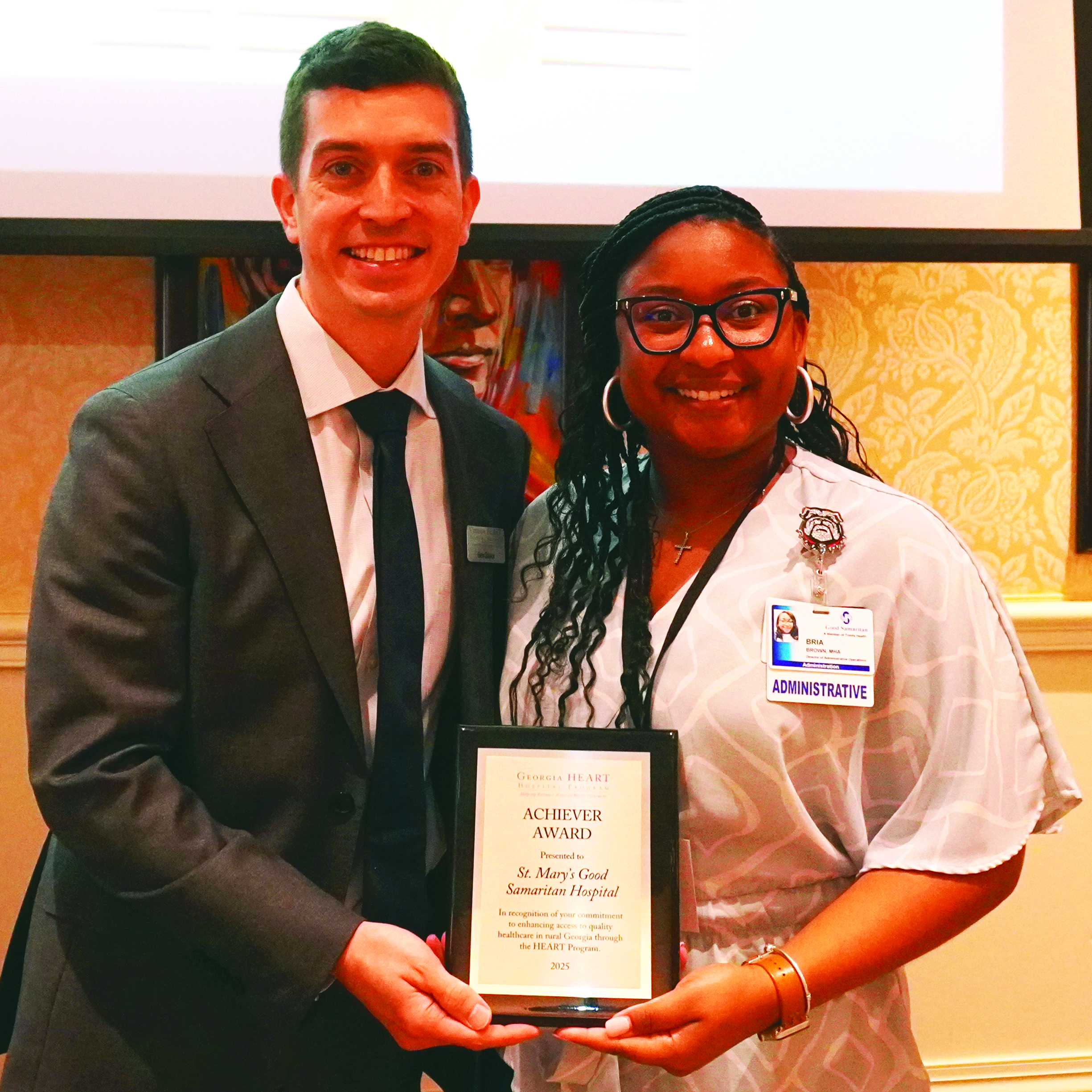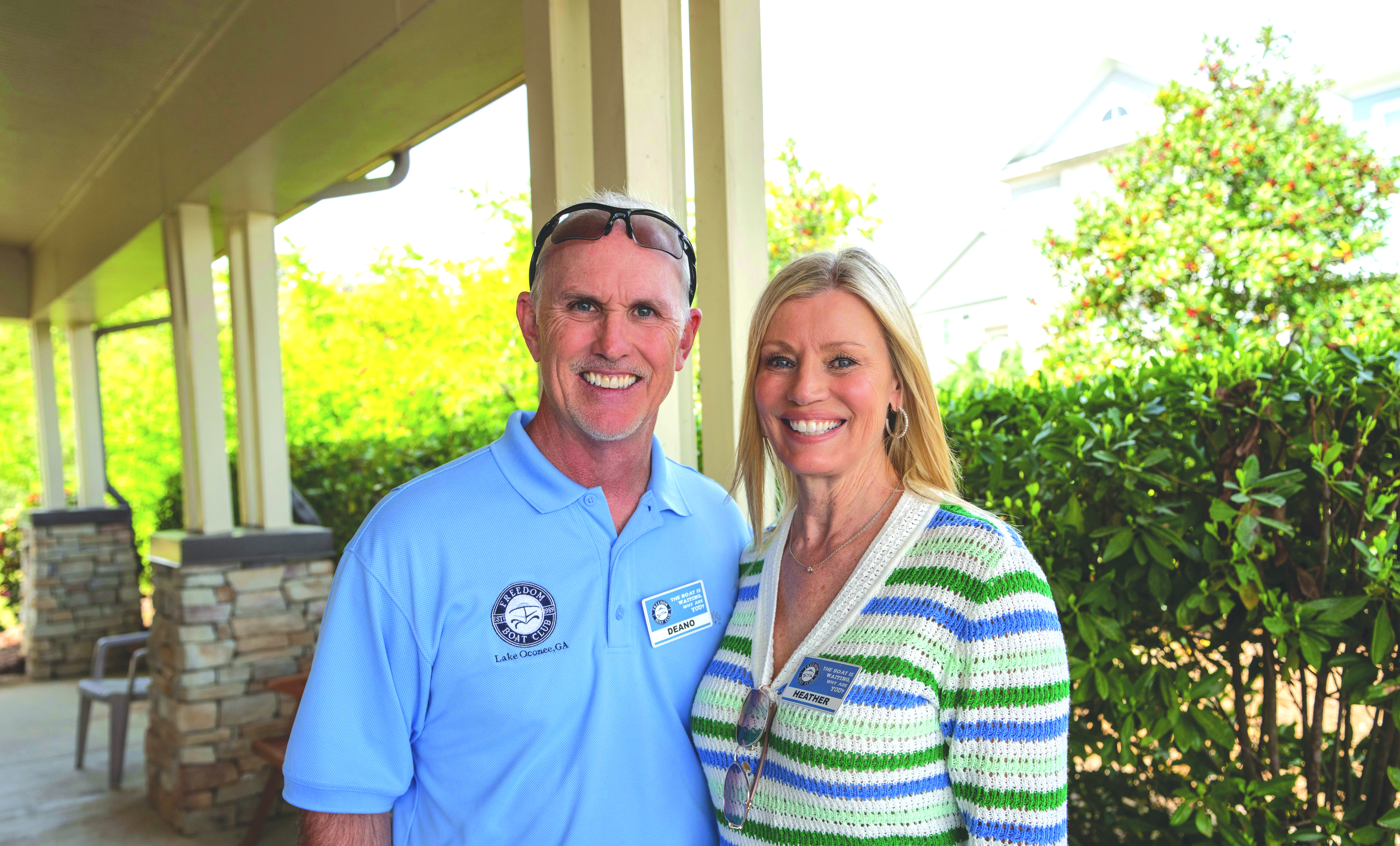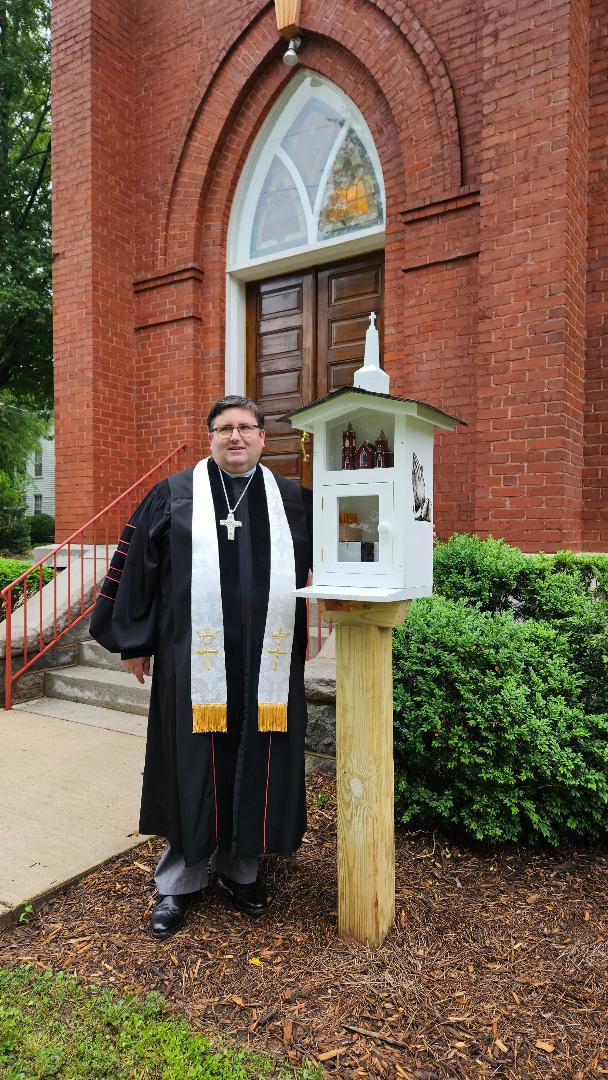Group forms to support cerebral palsy research
Published 8:00 am Wednesday, January 5, 2011
A group of young professionals inspired by their children and a physician scientist working to improve their future have founded a national foundation to support cerebral palsy research.
“I am hopeful this can impact my son’s life but if it does not, let it really significantly impact future generations,” said Lizette Dunay, co-founder of Let’s Cure CP and mother of 8-year-old Alex. Dunay and Ed Drambel, whose 6-year old son John, also has cerebral palsy, both hail from the Atlanta area but they and other board members of the new organization have a national focus when it comes to raising dollars. “We want to be to cerebral palsy what Michael J. Fox is to Parkinson’s,” Dunay said.
Cerebral palsy results when factors such as an umbilical cord wrapped around a baby’s neck or placental disruption cause oxygen deprivation before or during birth. Symptoms can range from mild to severe. Standard treatment includes monitoring the child’s overall health while providing ongoing therapy to maximize movement and cognitive abilities and medical or surgical therapies to treat spasticity. Dunay and Drambel want physicians and parents to have better options.
A major focus for the group is supporting regenerative medicine studies to augment the brain’s recovery from oxygen deprivation, which has the potential for both newborns and older children. “We need to find a way to work within the system and get this moving,” Dunay said. “I won’t sleep until it’s done.”
While the founders’ children inspired the initiative, the research of Dr. James Carroll, chief of the Section of Pediatric Neurology at the Medical College of Georgia, helped give them hope for success. Carroll, who sees children with cerebral palsy in his practice, has been working for more than a decade to reverse a degree of the muscle, movement, cognitive and other damage associated with the condition.
“We are indebted to your work,” Dunay recently told Carroll, whose National Institutes of Health-funded research is pursuing whether adult, bone-marrow derived stem cells can reverse some of this neurological damage. “I am happy that you are helping us,” said Carroll, the first recipient of support from Let’s Cure CP, which recently secured not-for-profit 501(c)(3) status from the Internal Revenue Service.
His laboratory studies have shown that infusions of these stem cells, which can morph into many different cell types while generating little immunologic response from the recipient, can reduce damage in the days following an injury. While all the mechanisms are unclear, infused stem cells seem to primarily promote recovery of injured cells. Some of the cells also form new brain cells, although work is still underway to see if new cells become integrated and functional in the brain.
Carroll also is in the final stages of developing laboratory animals mimicking chronic CP damage to measure the stem cells’ impact on an older injury.
Nearly 770,000 children and adults in the United States have cerebral palsy, according to United Cerebral Palsy. The numbers are increasing with more premature infants surviving as well as increasing maternal age and multiple-birth pregnancies resulting from fertility treatment.
Athersys, Inc., a Cleveland-based biopharmaceutical company pursuing cell therapy programs in cardiovascular disease, stroke, cancer and other diseases, provides the multipotent progenitor cells used in Carroll’s research. The company and the American Heart Association also have provided research funding.
Carroll also is leading the first clinical trial to determine whether an infusion of stem cells from umbilical cord blood can improve the quality of life for children age 2-12 with cerebral palsy. Participants must have their cord blood banked at the Cord Blood Registry in Tucson , Ariz.
For more information about Let’s Cure CP or to find how to help, visit http://letscurecp.org/.





